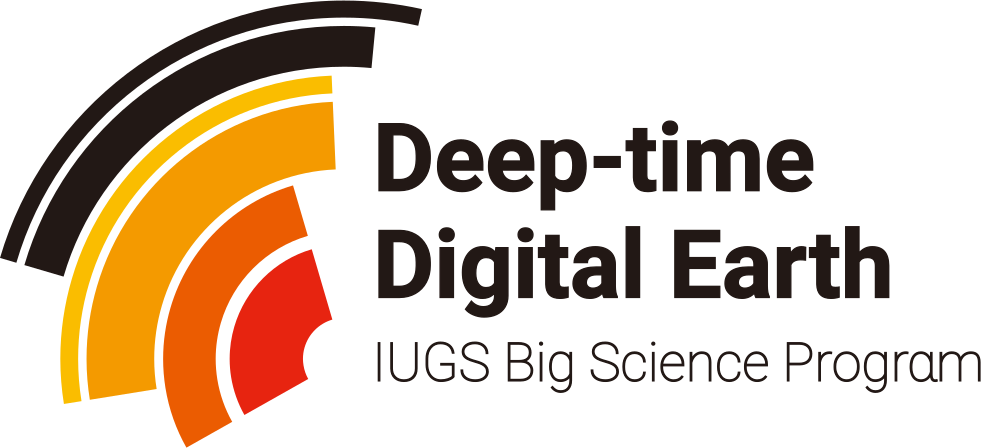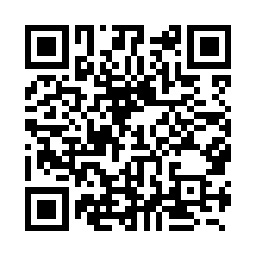
Mark-to-market accounting

Mark-to-market (MTM or M2M) or fair value accounting refers to accounting for the 'fair value' of an asset or liability based on the current market price, or the price for similar assets and liabilities, or based on another objectively assessed 'fair' value. Fair value accounting has been a part of Generally Accepted Accounting Principles (GAAP) in the United States since the early 1990s, and is now regarded as the 'gold standard' in some circles. Failure to use it is viewed as the cause of the Orange County Bankruptcy, even though its use is considered to be one of the reasons for the Enron scandal and the eventual bankruptcy of the company, as well as the closure of the accounting firm Arthur Andersen. Mark-to-market accounting can change values on the balance sheet as market conditions change. In contrast, historical cost accounting, based on the past transactions, is simpler, more stable, and easier to perform, but does not represent current market value. It summarizes past transactions instead. Mark-to-market accounting can become volatile if market prices fluctuate greatly or change unpredictably. Buyers and sellers may claim a number of specific instances when this is the case, including inability to value the future income and expenses both accurately and collectively, often due to unreliable information, or over-optimistic or over-pessimistic expectations of cash flow and earnings. In the 1800s in the U.S. marking to market was the usual practice of bookkeepers. This has been blamed for contributing to the frequent recessions up to the Great Depression and for the collapse of banks. The Securities and Exchange Commission told President Franklin Roosevelt that he should get rid of it, which he did in 1938. But in the 1980s the practice spread to major banks and corporations, and beginning in the 1990s mark-to-market accounting began to result in scandals. To understand the original practice, consider that a futures trader, when beginning an account (or 'position'), deposits money, termed a 'margin', with the exchange. This is intended to protect the exchange against loss. At the end of every trading day, the contract is marked to its present market value. If the trader is on the winning side of a deal, his contract has increased in value that day, and the exchange pays this profit into his account. On the other hand, if the market price of his contract has decreased, the exchange charges his account that holds the deposited margin. If the balance of this account becomes less than the deposit required to maintain the account, the trader must immediately pay additional margin into the account in order to maintain the account (a 'margin call'). (The Chicago Mercantile Exchange, doing even more, marks positions to market twice a day, at 10:00 am and 2:00 pm.) Over-the-counter (OTC) derivatives on the other hand are formula-based financial contracts between buyers and sellers, and are not traded on exchanges, so their market prices are not established by any active, regulated market trading. Market values are, therefore, not objectively determined or available readily (purchasers of derivative contracts are typically furnished with computer programs which compute market values based upon data input from the active markets and the provided formulas). During their early development, OTC derivatives such as interest rate swaps were not marked to market frequently. Deals were monitored on a quarterly or annual basis, when gains or losses would be acknowledged or payments exchanged. As the practice of marking to market became more used by corporations and banks, some of them seem to have discovered that this was a tempting way to commit accounting fraud, especially when the market price could not be determined objectively (because there was no real day-to-day market available or the asset value was derived from other traded commodities, such as crude oil futures), so assets were being 'marked to model' in a hypothetical or synthetic manner using estimated valuations derived from financial modeling, and sometimes marked in a manipulative manner to achieve spurious valuations. The most infamous use of mark-to-market in this way was the Enron scandal. After the Enron scandal, changes were made to the mark to market method by the Sarbanes–Oxley Act during 2002. The Act affected mark to market by forcing companies to implement stricter accounting standards. The stricter standards included more explicit financial reporting, stronger internal controls to prevent and identify fraud, and auditor independence. In addition, the Public Company Accounting Oversight Board (PCAOB) was created by the Securities and Exchange Commission (SEC) for the purpose of overseeing audits. The Sarbanes-Oxley Act also implemented harsher penalties for fraud, such as enhanced prison sentences and fines for committing fraud. Although the law was created to restore investor confidence, the cost of implementing the regulations caused many companies to avoid registering on stock exchanges in the United States.



